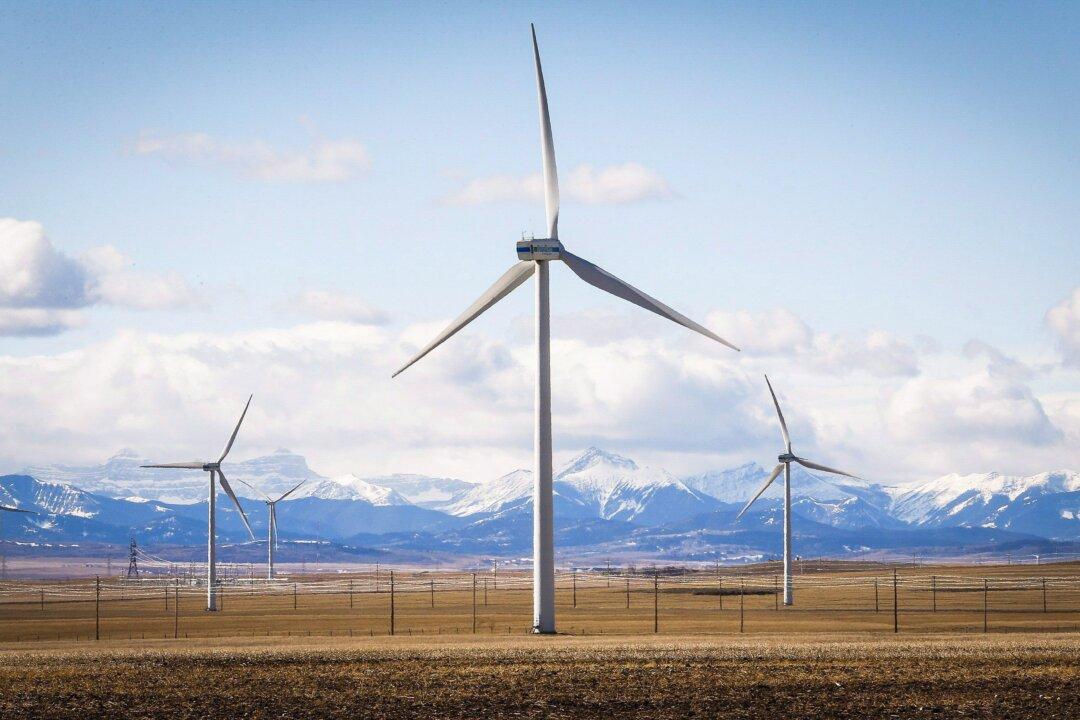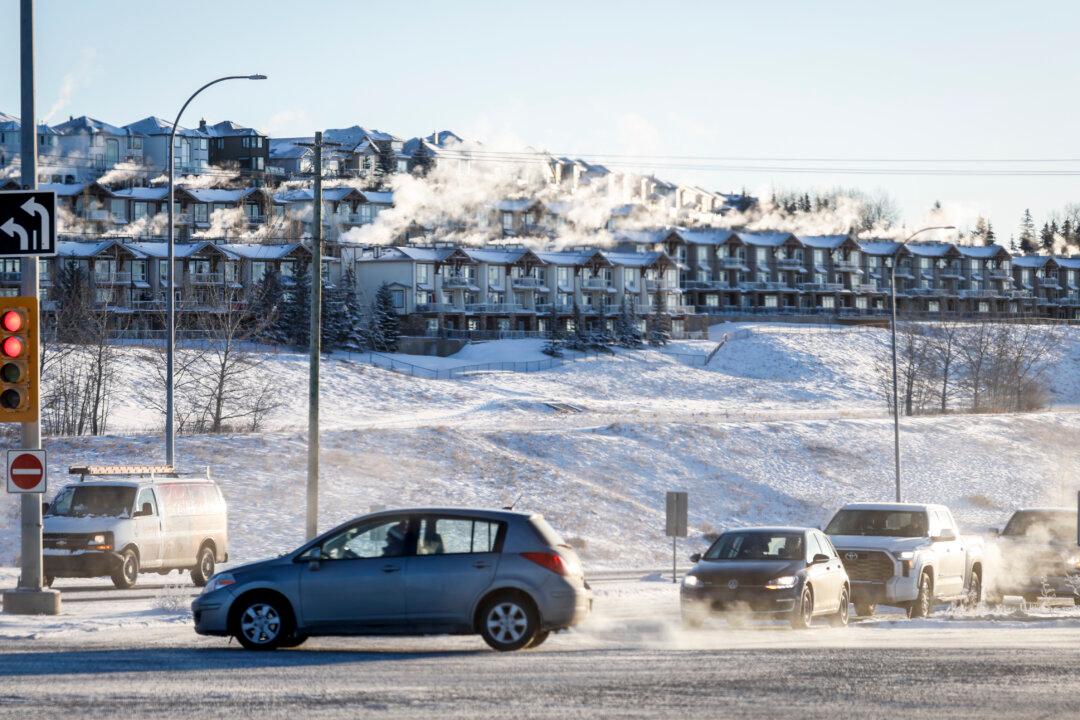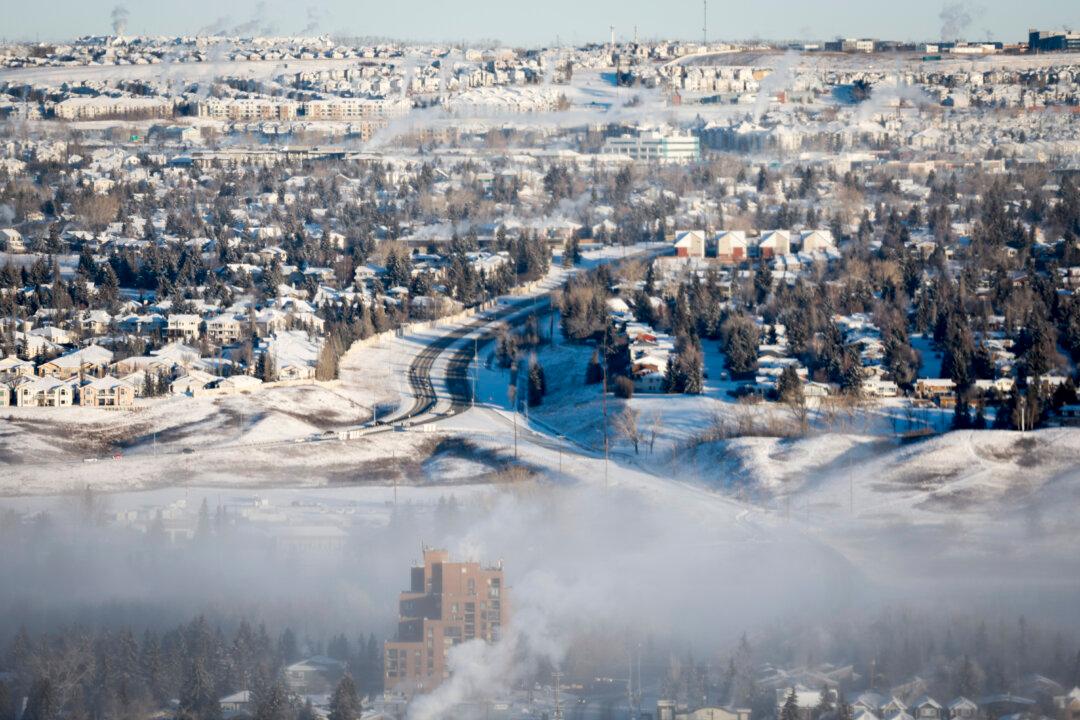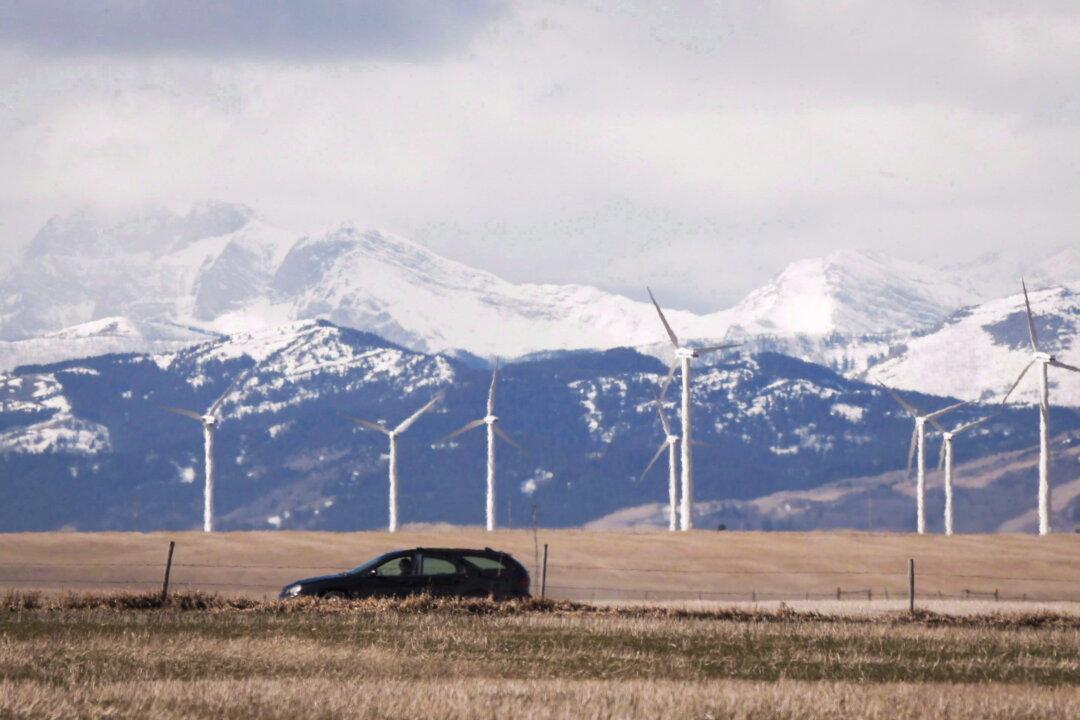Analysis
Where are we going? Lower! That was the trend for wind power production in Alberta on Monday, Feb. 5, as the 4,481 megawatts of nameplate wind power generation capacity fell to just three megawatts output. That’s less than 0.1 percent, or less than 1 one-thousandth of nameplate capacity. If you want to get really technical, it’s actually 0.07 percent, or 7 ten-thousandths of nameplate capacity.





